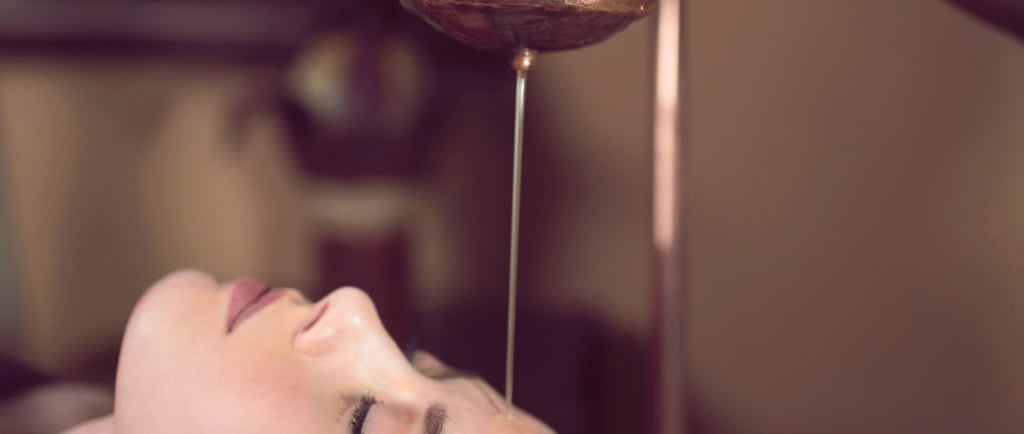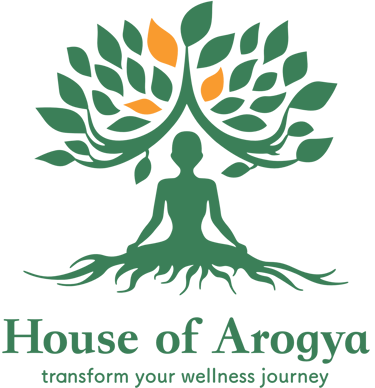The Different Dhara Therapies in Ayurveda: What They Are, Benefits, and Who They’re For
Discover the Ayurvedic Dhara therapies — Shirodhara, Takradhara, and Ksheeradhara. Learn what each one is, their unique benefits, when they’re best, and who they’re suited for.


What are Dhara therapies in Ayurveda?
Dhara therapies in Ayurveda are treatments where a liquid is poured in a continuous stream over specific parts of the body, usually the forehead.
The word Dhara means “flow” or “stream.” In Ayurveda, this steady pouring of oil, buttermilk, milk, or herbal decoctions is used to calm the nervous system, balance doshas, and treat conditions like stress, insomnia, headaches, and skin problems. Each type of Dhara therapy uses a different liquid medium and is chosen based on the person’s constitution and health needs.
The most common forms are Shirodhara, Takradhara, and Ksheeradhara. Let’s explore what each one involves, what it’s best for, and who should consider it.
What is Shirodhara?
Shirodhara is the classic Dhara therapy where a warm, medicated liquid is poured steadily over the forehead.
In Sanskrit, Shiro means head and Dhara means flow. Typically, herbal oils are used, but depending on the condition, milk, buttermilk, or decoctions can be substituted. The liquid flows over the “third eye” point, a vital energy center, and drips across the scalp in a rhythmic stream for 30–60 minutes.
Benefits of Shirodhara:
Deep relaxation and stress relief
Improved sleep and reduced insomnia
Relief for tension headaches and migraines
Emotional stability and mental clarity
Balancing of Vata and Pitta doshas
When is Shirodhara best?
It’s best for stress-related disorders, sleep issues, anxiety, and nervous system overload. It can also help in hot climates where mental agitation and irritability are common.
Who is Shirodhara for?
Anyone struggling with stress, poor sleep, or mental tension can benefit. It is especially suited to people with Vata or Pitta imbalances (restlessness, anxiety, irritability, overheating)
What is Takradhara?
Takradhara is a Dhara therapy where medicated buttermilk is poured in a continuous stream over the forehead or body.
Takra means buttermilk, which is naturally cooling. Herbal decoctions are often added to the buttermilk before pouring. Unlike Shirodhara, Takradhara is specifically indicated for conditions involving excess heat and skin or nervous system imbalances.
Benefits of Takradhara:
Reduces stress, anxiety, and nervous agitation
Improves sleep quality and calms insomnia
Helps with skin conditions like psoriasis and dermatitis
Relieves headaches and high Pitta conditions
Supports scalp and hair health
When is Takradhara best?
It is best in hot climates or summer seasons, and in conditions of aggravated Pitta dosha (heat, irritability, inflammation, skin eruptions). It’s particularly beneficial when stress manifests as skin problems or sleep disturbance.
Who is Takradhara for?
People with heat-related issues, skin disorders, migraines, hypertension, or insomnia. It’s not usually advised for those with Kapha-dominant conditions (cold, heaviness) unless modified.
What is Ksheeradhara?
Ksheeradhara is a Dhara therapy using warm medicated milk infused with herbs poured steadily over the forehead or body.
Ksheera means milk, which Ayurveda considers nourishing, cooling, and soothing. It can be done as Shiro Ksheeradhara (on the head only) or Sarvanga Ksheeradhara (on the full body).
Benefits of Ksheeradhara:
Calms the mind and reduces irritability
Improves sleep and helps with anxiety
Nourishes skin, scalp, and hair
Reduces internal heat and balances Pitta
Provides rejuvenation and tissue nourishment
When is Ksheeradhara best?
It is ideal when both cooling and nourishment are needed — for example, in cases of stress with fatigue, insomnia with irritability, or skin dryness with heat. It’s particularly effective in summer months and for people who run “hot” by nature.
Who is Ksheeradhara for?
Those with Pitta imbalance (overheating, anger, irritability, sensitive skin) or Vata/Pitta combined imbalances (anxiety with heat symptoms). Not suited for people with dairy allergies or Kapha dominance (congestion, heaviness).
How do the Dhara therapies differ from one another?
How are Shirodhara, Takradhara, and Ksheeradhara different? The difference is mainly in the liquid used, which determines their effect on the body and doshas.
Shirodhara uses herbal oils or decoctions → deeply calming, grounding, nourishing; best for stress, anxiety, insomnia.
Takradhara uses medicated buttermilk → strongly cooling, soothing, detoxifying; best for Pitta-driven disorders like psoriasis, headaches, hypertension.
Ksheeradhara uses medicated milk → cooling but also nourishing; best for stress with fatigue, skin/hair nourishment, and rejuvenation.
Think of Shirodhara as grounding, Takradhara as cooling and detoxifying, and Ksheeradhara as cooling plus nourishing.
Which Dhara therapy is right for me?
Choosing the right Dhara depends on your constitution, imbalance, and goals.
If your main issue is stress, anxiety, or insomnia → Shirodhara may be best.
If you struggle with skin issues, migraines, or overheating → Takradhara is often recommended.
If you need calm plus nourishment for skin, scalp, and nerves → Ksheeradhara is usually the choice.
A qualified Ayurvedic practitioner will assess your dosha, medical history, and current state before prescribing the right therapy. Sometimes therapies are combined in a treatment plan (e.g., Abhyanga massage followed by Shirodhara or Takradhara).
Who should avoid Dhara therapies?
Are there cases where Dhara therapies are not advised? Yes.
During fever, acute infection, or systemic illness
In pregnancy (unless adapted under expert care)
With open wounds, scalp conditions, or allergies to the liquid used
In extreme weakness, very young children, or very elderly without modification
For Kapha-dominant disorders (cold, congestion, heaviness), Takradhara and Ksheeradhara may not be suitable unless carefully adapted
Always seek assessment before beginning Dhara therapies.
Conclusion: Dhara Therapies for Modern Stress and Balance
Dhara therapies — Shirodhara, Takradhara, and Ksheeradhara — are timeless Ayurvedic treatments that use the power of a steady liquid stream to calm the mind, balance doshas, and rejuvenate the body. Each therapy has unique strengths: Shirodhara for deep calm, Takradhara for cooling and detox, and Ksheeradhara for nourishing while soothing heat.
In today’s world of high stress, sleeplessness, and environmental heat, these therapies remain as relevant as ever. Choosing the right one for your needs, guided by an Ayurvedic practitioner, can support holistic wellness that integrates body, mind, and spirit.


